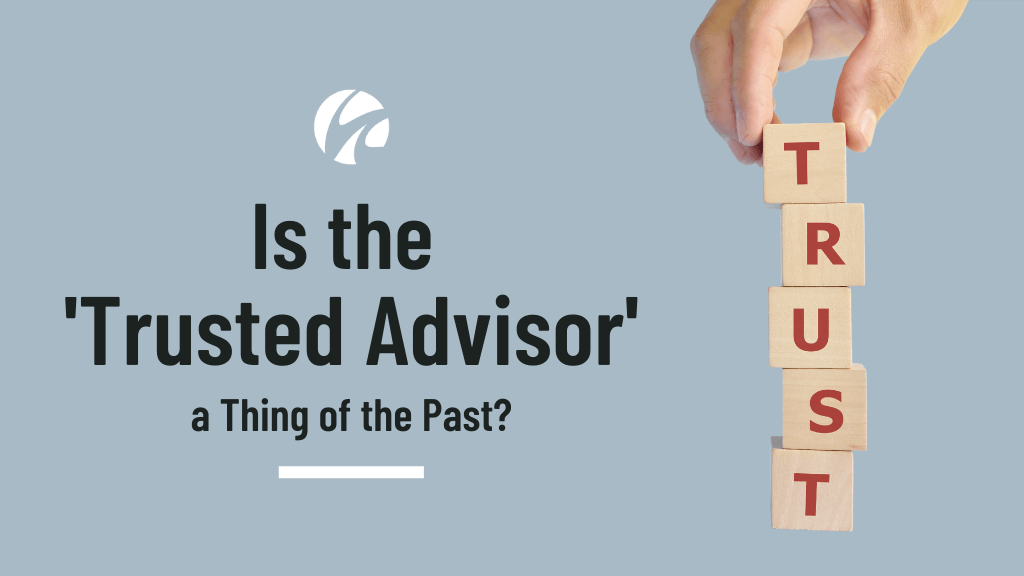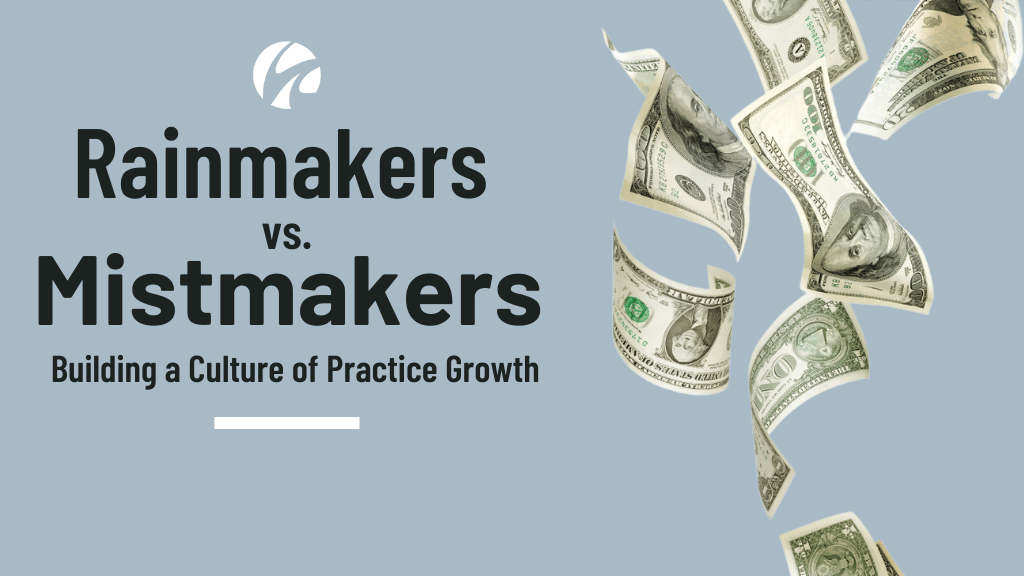4 min read
Strategic Planning: How to Pass the Baton With Greater Success
Building and executing a long-term strategic plan is the cornerstone of success for every firm. And yet, managing partners often fail to set aside...

Gary is the visionary behind Winding River Consulting, bringing decades of transformative leadership to the accounting profession. Widely recognized as one of the industry's most influential leaders, Gary has shaped the future of firms through strategic planning, national leadership, and the authorship of several books. He is an E&Y Entrepreneur of the Year, an Accounting Today’s (inaugural list of) Top Ten Managing Partner Elite honoree, and a consistent presence on the profession’s Most Influential lists. Gary remains a sought-after consultant and advisor to the profession’s most forward-thinking firm leaders. As the architect of WRC’s mission, he continues to mentor firm leaders with a values-first approach and deep belief in aligned leadership.
Table of Contents
I remember one particular day during my 38 year tenure at my firm with great clarity. I drove into the parking lot and had an epiphany. Seeing all of the cars in the lot at that one office, it dawned on me that, as the firm managing partner, I was responsible for the people who drove those cars. And not only them, but also for the people they went home to. As long as they were employed at my firm, I had a responsibility to them and to their families.
It depended on me, as the leader, to ensure both the sustainability and the firm and the health and well-being of my employees. The lot I was sitting in that day was full, and represented only a portion of our employees. At SS&G at that time, we were doing about $50 million in revenue, and had around 400 employees across our eight offices. That is a lot of lives that I cared for, and it fueled a passion in me for investing in health and wellness at my firm.
Other leaders in our field and of firms of every size have had similar moments of acknowledgement, feeling the weight of leadership. For me at that critical time, we were big enough to look into self-insuring, and in every way saw our healthcare coverage costs increasing. My proactive step was to implement a health and wellness program, which encompassed four key areas.
In a gamified fashion, we implemented a health initiative, which gave employees the chance to earn credits toward their deductible. They could earn as much as $1,000 toward deductibles if they ticked each of these four boxes (at $250 each):
A positive (and unexpected) byproduct of this was that many employees discovered health issues in the early stages. If untreated, they could have developed, but catching them early made them treatable with an excellent prognosis.
Another great outcome of the health initiative for my team was that employees started taking their health seriously. There was overwhelming buy-in for culture shifts, such as limiting smoking to areas well outside of the buildings. People couldn’t congregate in the doorway, but were required to be a certain distance away, even in winter. This sent a strong signal to how important health is, and the lengths we would go to to encourage and support good habits.
Exercise often feels like a personal preference. As incredibly busy people in an incredibly busy profession, it’s easy to have this kind of self-care fall off the list. For leaders of a firm, it’s up to us to prioritize this for our employees, who often won’t do so themselves. Especially when you consider the levels of stress everyone is under, exercise is an enormous priority.
Our health and wellness program at SS&G had an exercise component that included cardio, strength, and stretching. We hired a personal trainer who designed programs for employees that wanted to participate. This “fitness bootcamp” was first launched in two of our offices, and had participants from receptionists up to the very top: me.
These programs were then rolled out to every office, with a trainer overseeing the activities. Not only did this help people get in better shape, gain strength, and, if so desired, lose weight, it drove home our culture and set a tone of teamwork. We were all in it together, and we were practicing what we preached. Even now, my Managing Partner Bootcamp has a fitness component: you can’t miss this. It’s leading by example, and no one is too busy to live well.
We all have personal practices that we use to manage stress or mental health, and it’s increasingly important for leaders in accounting to consider these dynamics in the workplace. These are elements of overall wellbeing. As part of our wellness program, we invited instructors to lead staff through yoga and meditation. We talked openly about mental health and made sure people felt educated and empowered.
What’s more, the overall wellbeing was addressed beyond medical check-ups and focused exercise sessions: many people on staff started walking at lunch, getting outdoors and taking a screen or spreadsheet break. All of this added up to higher levels of contentment, a better ability to cope with challenging or stressful situations, and a net positive of productivity.
A last part of my health and wellness program was encouraging healthy diets. This falls, again, under the excuses column, where it’s all-too-easy to order in because you’re too busy to do anything else. We decided to make the decision-making process easier for people, which is the best way to launch healthier habits. To that end, we made a registered dietician available to people, who helped create meal plans or perform assessments as needed.
We also revamped firm provided meals during busy seasons or special occasions, favoring healthy options over classic fast fare. For client dinners, instead of pizza or high salt/fat/sugar dishes, we engaged with restaurant clients to provide salad options, grilled chicken, and fruit. And breakfast? We got rid of donuts and provided a variety of fruit, yogurt, and granola.
We didn’t want it to just be about what we provided, either. Offices were encouraged to provide fresh fruit weekly for snacks, as well as healthier granola-type bars. Office managers worked directly with vendor companies to give us healthier options in the vending machines. Bottom line? Give people better choices and they will make them.
Some of the results speak for themselves: weight loss, lower cholesterol, better reports from the doctor. But there were all types of related results that showcase the effectiveness of this far beyond individual health:
I saw unexpected camaraderie blossom between staff at all levels, mostly because engagement was at an all-time high among everyone, from partners down to interns. Relationships between partners and staff thrived. Especially with partners who walked the walk and made it clear they cared about this program. The shared goals between staff and partners made those in leadership roles more approachable.
Of course, at the end of the day, our firms are businesses, and wellness programs directly impact the bottom line in terms of reduced healthcare costs, happier and more productive employees, and better interrelationships. It’s winning all around, and it’s the best legacy you could possibly leave.
Health and wellness programs are inclusive, non-intimidating opportunities to bring people together for the betterment of individuals and the team. See gaps in your culture? Want to make a move in the right direction, but not sure where to start? Winding River Consulting works exclusively with accounting firm leaders, helping you navigate paths toward a positive, profitable future. Contact us to learn more.

4 min read
Building and executing a long-term strategic plan is the cornerstone of success for every firm. And yet, managing partners often fail to set aside...

2 min read
Reprinted with permission from Accounting Today When the CPA profession was born many years ago, we started as bookkeepers, tax preparers and...

3 min read
Every firm wants a rainmaker: a supremely talented professional who’s the linchpin of revenue generation for the entire firm. When it comes to...